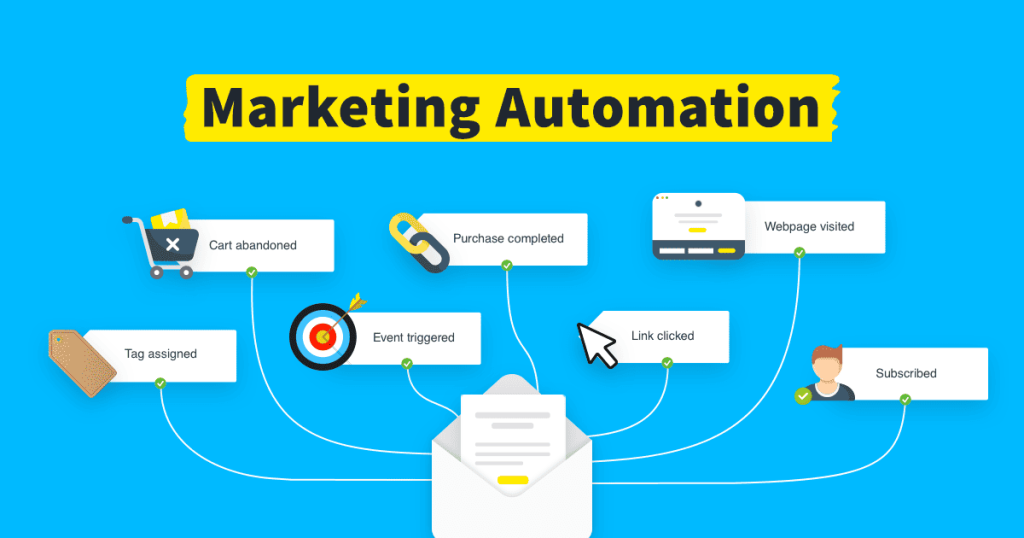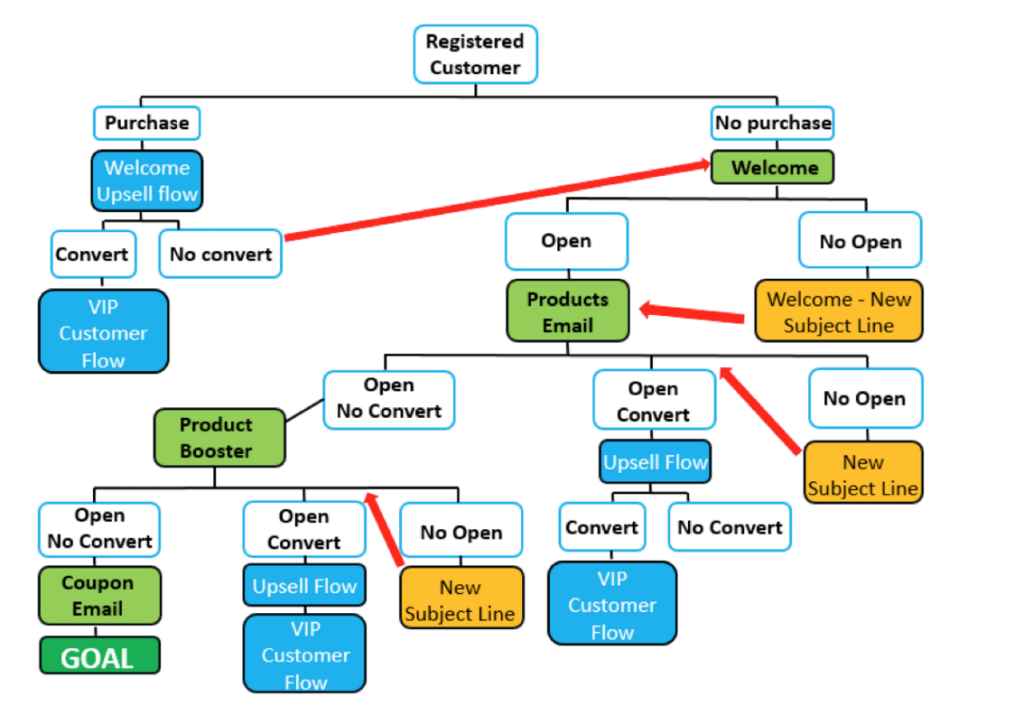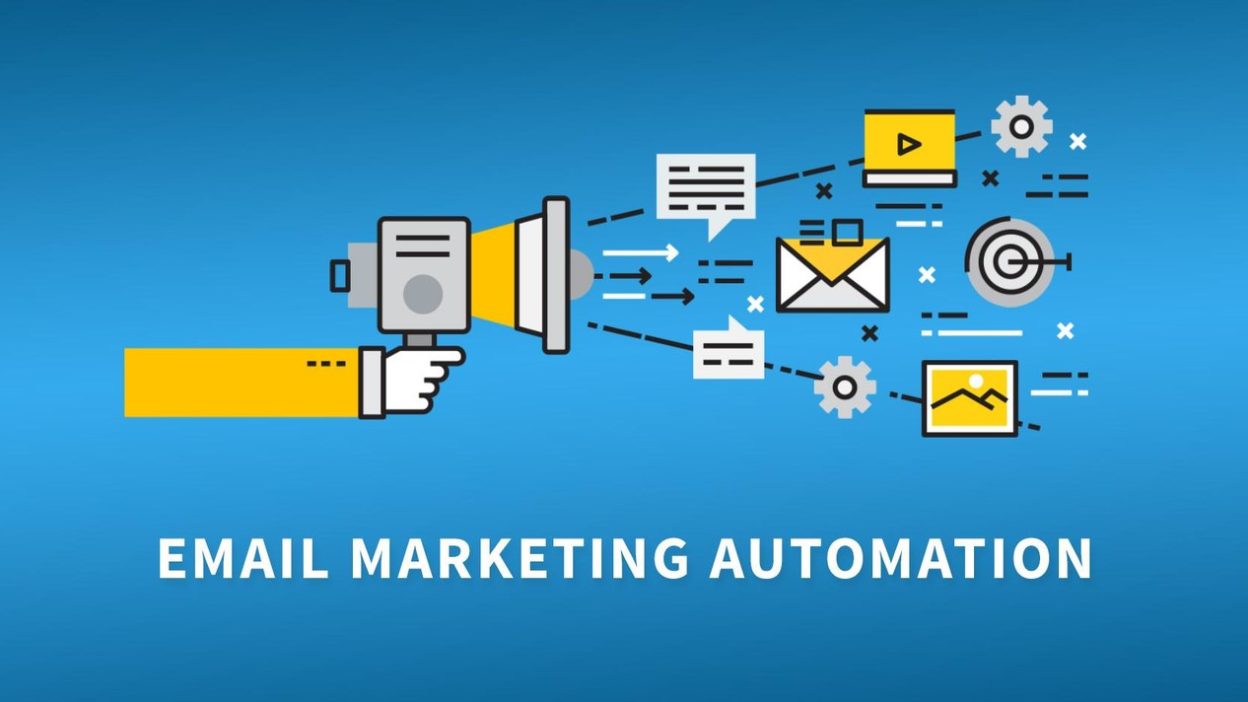Introduction
Email marketing remains one of the most powerful tools in a business owner’s digital arsenal. But manually sending emails to hundreds or thousands of contacts is neither scalable nor efficient. That’s where email marketing automation comes in — allowing businesses to deliver timely, personalized messages that drive engagement, nurture leads, and boost conversions.
In this blog, we’ll explore the fundamentals of email automation, the best tools available, and proven tactics to help business owners build smarter, more effective campaigns.
1. What Is Email Marketing Automation?
Email marketing automation is the use of software to send emails based on predefined triggers, behaviors, or schedules. Instead of manually crafting and sending each message, automation allows you to:
- Welcome new subscribers
- Nurture leads over time
- Re-engage inactive customers
- Promote products or services
- Deliver personalized content
Benefits of Email Automation
- Saves time and resources
- Improves targeting and personalization
- Boosts engagement and conversions
- Provides measurable results
- Scales with your business
2. Key Components of an Automated Email Strategy
1. Subscriber Segmentation
Segment your audience based on:
- Demographics
- Purchase history
- Engagement level
- Behavior (e.g., clicks, opens, site visits)
2. Trigger-Based Workflows
Common triggers include:
- New subscriber sign-up
- Abandoned cart
- Product purchase
- Birthday or anniversary
- Inactivity for a set period
3. Email Sequences
Automated sequences guide users through a journey:
- Welcome series
- Lead nurturing series
- Post-purchase follow-up
- Re-engagement campaigns
4. Personalization
Use dynamic content to tailor emails:
- First name
- Product recommendations
- Location-based offers
- Behavior-driven messaging

3. Best Email Marketing Automation Tools for Business Owners
1. Mailchimp
- Great for beginners
- Drag-and-drop builder
- Pre-built automation workflows
- Free tier available
2. ActiveCampaign
- Advanced automation features
- CRM integration
- Conditional logic and tagging
- Ideal for service-based businesses
3. Klaviyo
- E-commerce focused
- Deep integration with Shopify and WooCommerce
- Powerful segmentation and analytics
4. ConvertKit
- Designed for creators and bloggers
- Visual automation builder
- Tag-based segmentation
5. HubSpot
- All-in-one marketing platform
- CRM, email, and automation
- Best for scaling businesses
6. Brevo (formerly Sendinblue)
- Affordable pricing
- SMS and email automation
- Real-time reporting
4. Tactics to Maximize Email Automation Success
1. Craft a Compelling Welcome Series
Your welcome email sets the tone. Include:
- A warm greeting
- Brand story or mission
- What to expect from future emails
- A special offer or free resource
2. Use Behavioral Triggers
Send emails based on user actions:
- Viewed a product but didn’t buy
- Clicked a link in a previous email
- Downloaded a resource
3. A/B Test Subject Lines and Content
Test variations to improve:
- Open rates
- Click-through rates
- Conversions
4. Optimize Send Times
Use analytics to determine when your audience is most active. Many tools offer AI-powered send time optimization.
5. Clean Your Email List Regularly
Remove inactive subscribers to:
- Improve deliverability
- Reduce bounce rates
- Lower costs
6. Use Lead Scoring
Assign scores based on engagement to prioritize high-value leads for sales outreach or premium offers.

5. Email Automation Use Cases by Business Type
E-commerce
- Abandoned cart recovery
- Product recommendations
- Post-purchase follow-up
- Loyalty program updates
Service-Based Businesses
- Appointment reminders
- Onboarding sequences
- Feedback requests
- Upsell/cross-sell offers
Content Creators
- New content alerts
- Course drip campaigns
- Event invitations
- Membership renewals
B2B Companies
- Lead nurturing workflows
- Webinar follow-ups
- Case study distribution
- Sales enablement emails
6. Metrics to Track and Optimize
Key Performance Indicators (KPIs)
- Open Rate: Measures subject line effectiveness
- Click-Through Rate (CTR): Indicates engagement with content
- Conversion Rate: Tracks goal completions (e.g., purchases, sign-ups)
- Bounce Rate: Shows email delivery issues
- Unsubscribe Rate: Reveals audience dissatisfaction
- List Growth Rate: Measures subscriber acquisition
Tips for Optimization
- Use clear CTAs
- Keep emails concise
- Ensure mobile responsiveness
- Personalize subject lines and content
- Monitor and adjust based on performance
7. Compliance and Best Practices
GDPR and CAN-SPAM Compliance
- Obtain explicit consent
- Provide easy opt-out options
- Include your business address
- Avoid misleading subject lines
Email Design Best Practices
- Use a clean layout
- Include alt text for images
- Test across devices and email clients
- Use accessible fonts and colors

8. Common Mistakes to Avoid
- Overloading subscribers with too many emails
- Ignoring segmentation
- Using generic, impersonal content
- Failing to test and optimize
- Neglecting mobile users
- Not tracking performance metrics
9. Future Trends in Email Automation
AI-Powered Personalization
- Predictive product recommendations
- Smart send times
- Dynamic content blocks
Interactive Emails
- Embedded surveys
- Clickable carousels
- In-email shopping experiences
Omnichannel Integration
- Email + SMS + push notifications
- Unified customer journeys across platforms
Conclusion: Automate Smarter, Not Harder
Email marketing automation empowers business owners to connect with their audience in meaningful, scalable ways. By choosing the right tools, crafting thoughtful workflows, and continuously optimizing performance, you can turn email into a revenue-driving channel that works around the clock.
Whether you’re just starting or looking to refine your strategy, automation is the key to unlocking consistent growth and deeper customer relationships.





